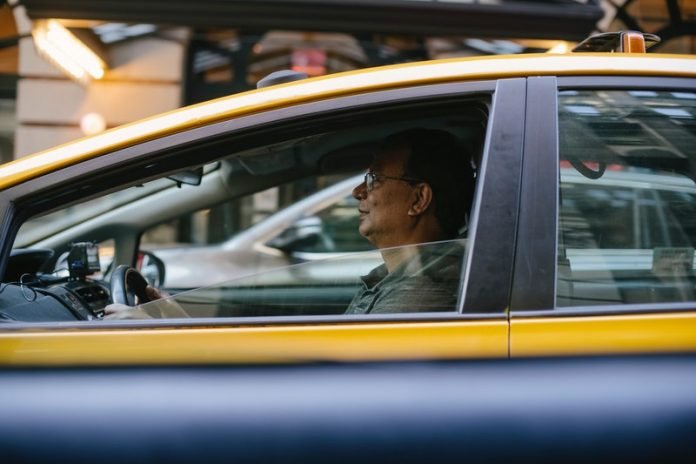
In a new study, researchers found key steps that help cut the odds of COVID-19 spread during traveling with a car.
They found that driving with all four windows down and having the passenger sit in the rear seat on the opposite side from the driver could do the work.
This helps create an airflow pattern that travels across the cabin, farthest from the occupants, which can potentially reduce the transmission risk. But wearing a mask may be still necessary.
The research was conducted by a team at the University of Massachusetts.
In the study, the team found if the driving weather is conducive, having all the windows down creates two distinct air flows in the car.
These two airflows are separated in the middle of the vehicle and move air from the rear to the front of the car.
Computer simulations showed that this airflow configuration was the most effective at reducing the transmission of simulated infectious droplets between the two occupants in such a risky, enclosed environment.
The researchers also tested scenarios with all four windows up and with different numbers of windows open.
Having all the windows up was the riskiest scenario since the new coronavirus is most contagious in small enclosed spaces.
Having three windows open was better than having two open, but which window was closed made a big difference.
In scenarios with either an infected driver or an infected passenger, closing only the window closest to the non-infected person provided the greatest protection, second only to having all four windows open.
The researchers say that their computational fluid dynamics simulations used a sedan similar to the body shape of a Toyota Prius, so may not accurately predict airflow patterns in other vehicles such as trucks, minivans, and cars with an open sunroof.
The simulations may not have shown how airflow and how long virus particles may linger when there are strong crosswinds or other very windy conditions.
Even so, the team says these results have a strong bearing on infection mitigation measures for the hundreds of millions of people driving in passenger cars and taxis worldwide.
One author of the study is Varghese Mathai from the department of physics.
The study is published in Science Advances.
Copyright © 2021 Knowridge Science Report. All rights reserved.



